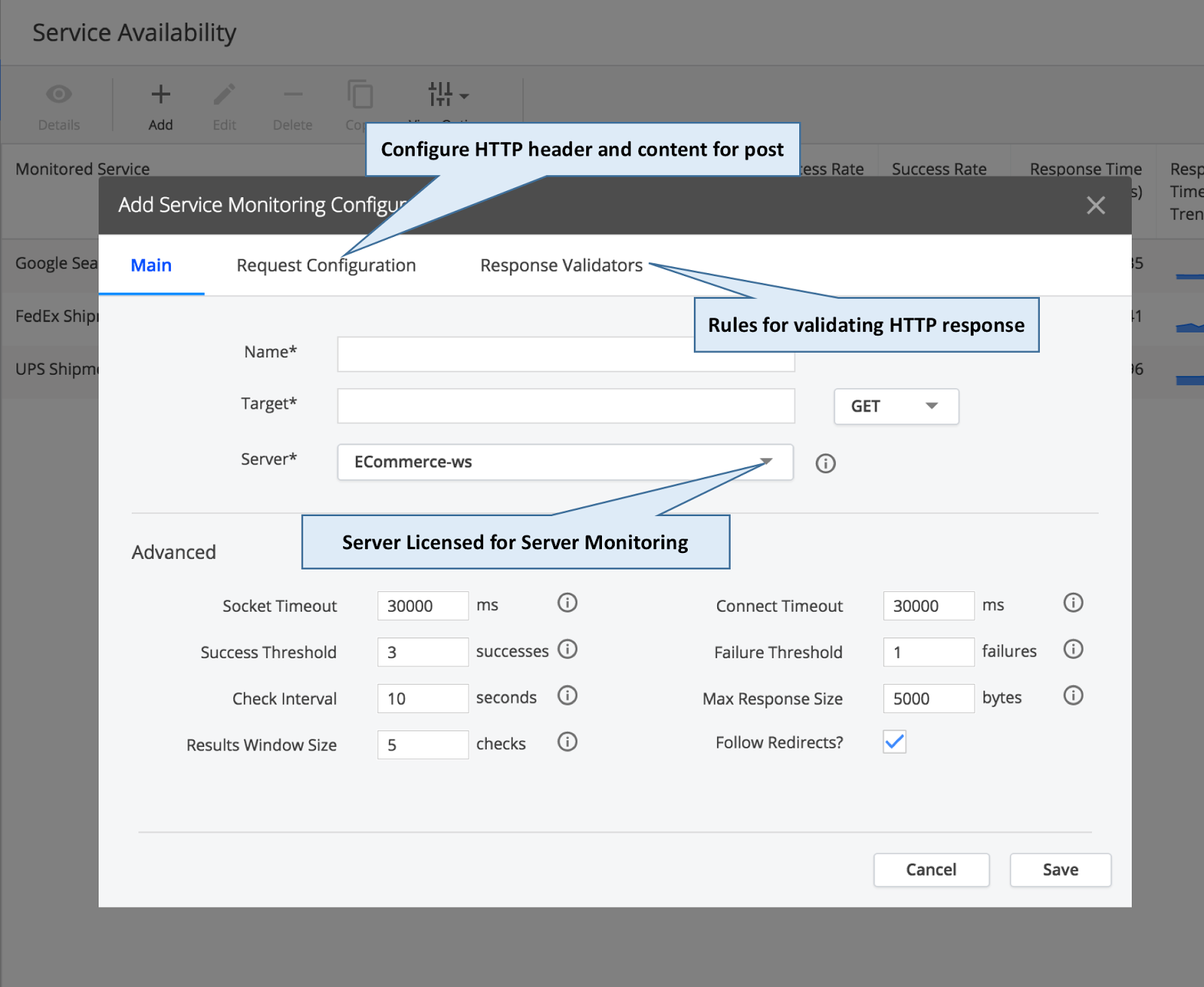

The purpose being to alert me if my blog is slower than 1 second in response time from all 5 locations. And because I already have an alert setup for if 3 out of 5 tests fail, I only want successful tests. I also selected all 5 locations, because I want the aggregate of them. After selecting the Application Insights workspace you’ve created as the Resource to pull from. That said the new unified alert experience in Azure has templates for this test already. You can definitely create your own alert criteria if you want, using the Custom Log Search. Where the aggregate over the last 5 minutes is greater than 500ms Or we can do a simple alert based on all 5 locations.

Central US and East US are the fastest locations to my blog, apparently. This scatter chart is an average of the duration by location. Using my favorite operator, we can generate different graphs or custom alerts. You can name them appropriately for each one. This is useful if you have more than one test for different websites. You can see under the name column, I have the BlogAvailability name I gave the test. The URL tests are stored under the ‘availabilityResults’ table. You can get to the logs from the overview tab, as well as various places like the end to end transaction menu. Unfortunately this particular record was not found, so the engine brought me the next closest data it did have.Īs mentioned previously Application Insights uses the same language as Log Analytics. You can see I have a couple of outliers, hovering over one will show you the test duration and location.Ĭlicking on it opens the end to end transaction details. You can also edit or pause the test in the bottom right. Selecting Details gives you far more information, like test duration, % available and the number of tests performed. DashboardsĬlicking on the widget opens a broader dashboard. Fill in your email or a webhook if you want to enable the alert.Ĭlick create and after a few minutes you’ll have data in the Availability widget. Like we could in SCOM.īy default the test is setup to allow for alerts if a certain amount of test locations fail at the same time. Hopefully, at some point down the road we’ll be able to use something like the Log Analytics agent to setup monitors for internal only websites. One thing to note here, at present you can only setup the monitor for a external facing website. I selected 5 locations from around the world, as I’m assuming my readers aren’t just from the US.

Remember this name because its used in the queries for your monitoring data. As always, for any billing always double check for yourself.
#WEB APPLICATION AVAILABILITY MONITORING FREE#
The single step test is completely free to setup. Next, find the Availability tab and select Add test If you haven’t its really easy just follow the on screen prompts and select generic app if you don’t know what language your app is using. This post assumes you’ve already setup a Application Insights workspace.

#WEB APPLICATION AVAILABILITY MONITORING HOW TO#
So, why not delve a little into application monitoring? In this post I’ll show you how to monitor website availability. If you’ve read my blog before then you probably know that Application Insights uses the same query language as Log Analytics and that Log Analytics are both services under the Azure Monitor name.


 0 kommentar(er)
0 kommentar(er)
